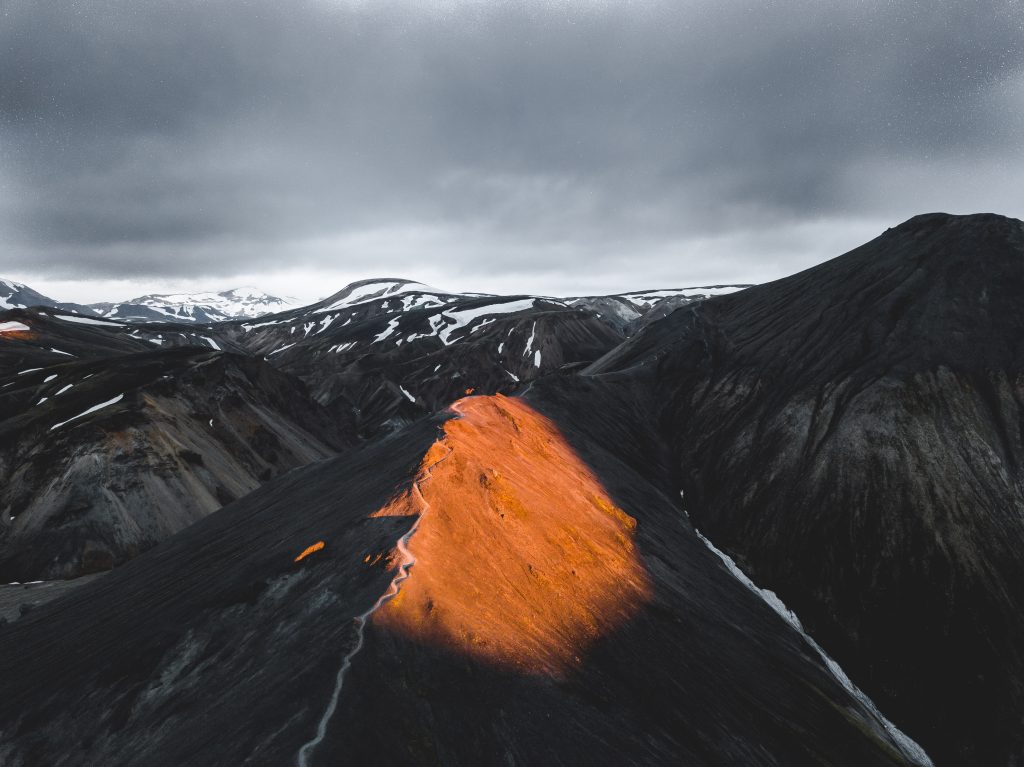“Beginner’s Guide to Stunning Sunset Drone Photography
Related Articles Beginner’s Guide to Stunning Sunset Drone Photography
- 4K Photo Composition Travel Apps: Your Guide To Capturing Stunning Travel Photos
- Unlocking The Magic: Beginner Photo Spot Setups That Shine
- Chasing Golden Hour On A Budget: Affordable Sunset Photography Tips And Setups
- Advanced Sunset Photography: Mastering The Golden Hour & Beyond
- DSLR Photo Composition Travel Ideas: Capturing The Essence Of Your Adventures
Introduction
Today, we’re excited to unravel an engaging topic: Beginner’s Guide to Stunning Sunset Drone Photography. Together, we’ll uncover insights that inform, inspire, and open new perspectives for our readers.
Table of Content
Beginner’s Guide to Stunning Sunset Drone Photography

Introduction
The allure of a sunset is undeniable. The sky ablaze with fiery hues, the soft transition from day to night – it’s a spectacle that captivates and inspires. Now, imagine capturing that breathtaking scene from a unique perspective, soaring above the world with a drone. Sunset drone photography is a thrilling and rewarding pursuit, but it can seem daunting for beginners. This guide will equip you with the essential knowledge and tips to start capturing stunning sunset shots with your drone.
Why Sunset Drone Photography?
- Unique Perspective: Drones offer an unparalleled vantage point, allowing you to capture landscapes and subjects in ways that are impossible from the ground.
- Dramatic Lighting: Sunsets provide the most dramatic and visually appealing lighting conditions, enhancing the mood and atmosphere of your photos.
- Creative Freedom: Experiment with angles, compositions, and perspectives to create truly unique and artistic images.
- A Sense of Adventure: Piloting a drone during sunset is an exhilarating experience, connecting you with the beauty of nature in a new and exciting way.
Essential Equipment
Before you take to the skies, make sure you have the following:
- A Drone with a Decent Camera: Look for drones with at least a 1-inch sensor or larger for better image quality, dynamic range, and low-light performance. Drones like the DJI Air series, Mavic series, or Autel Evo series are good starting points.
- Extra Batteries: Sunset flights can be longer due to waiting for the perfect light. Always carry extra fully charged batteries to extend your shooting time.
- ND Filters (Neutral Density): These filters reduce the amount of light entering the camera, allowing you to use slower shutter speeds for smoother video and more balanced exposures, especially when the sun is still relatively bright.
- Polarizing Filter: This filter reduces glare and reflections, enhances colors, and improves contrast, especially when shooting over water.
- SD Cards: Ensure you have high-capacity, fast SD cards to store your photos and videos.
- Drone Controller and Mobile Device: Make sure your controller and mobile device are fully charged.
- Drone Laws and Regulations: Familiarize yourself with the drone laws and regulations in your area before flying.
Pre-Flight Preparations
- Check the Weather: Avoid flying in strong winds, rain, or fog. Use weather apps to monitor wind speed, visibility, and cloud cover.
- Scout Your Location: Visit the location beforehand to identify potential hazards, interesting compositions, and safe takeoff and landing spots.
- Plan Your Shot: Visualize the shots you want to capture. Consider the composition, lighting, and drone movements.
- Check Battery Levels: Ensure all batteries (drone, controller, mobile device) are fully charged.
- Calibrate Your Drone: Calibrate the compass and IMU (Inertial Measurement Unit) before each flight to ensure stable and accurate flight.
- Update Firmware: Keep your drone and controller firmware up to date for optimal performance and safety.
In-Flight Techniques
- Takeoff and Landing: Choose a flat, clear area for takeoff and landing. Use a landing pad to protect your drone from dust and debris.
- Smooth Movements: Avoid jerky or sudden movements. Use smooth, controlled maneuvers for cinematic shots.
- Altitude: Experiment with different altitudes to find the best perspective. Higher altitudes can capture vast landscapes, while lower altitudes can reveal more detail.
- Angles: Explore different angles to add depth and interest to your photos. Try shooting from directly above (nadir), at an oblique angle, or from the side.
- Composition: Apply the rules of composition to create visually appealing images. Use the rule of thirds, leading lines, symmetry, and negative space to guide the viewer’s eye.
- Focus: Ensure your subject is in sharp focus. Use autofocus or manual focus to achieve the desired sharpness.
- Exposure: Adjust the exposure settings to capture the full dynamic range of the sunset. Use exposure compensation to brighten or darken the image as needed.
- Safety First: Always prioritize safety. Maintain a safe distance from obstacles, people, and other aircraft.
Camera Settings for Sunset Drone Photography
- Shooting Mode: Shoot in manual mode (M) for maximum control over your camera settings.
- Aperture: Use a narrow aperture (f/8 to f/16) for greater depth of field and sharper images.
- Shutter Speed: Adjust the shutter speed to control the amount of light entering the camera. Use a slower shutter speed to capture motion blur or a faster shutter speed to freeze action.
- ISO: Keep the ISO as low as possible (ISO 100 or 200) to minimize noise.
- White Balance: Use the "Cloudy" or "Shady" white balance preset for warmer, more vibrant colors.
- File Format: Shoot in RAW format to capture the most detail and dynamic range. RAW files allow for greater flexibility in post-processing.
- Metering Mode: Use evaluative or matrix metering to measure the light across the entire scene.
Composition Tips for Sunset Drone Photography
- Rule of Thirds: Divide the frame into nine equal parts and place key elements along the lines or at the intersections.
- Leading Lines: Use lines to guide the viewer’s eye towards the subject. Roads, rivers, and fences can all be used as leading lines.
- Symmetry: Use symmetry to create balanced and harmonious compositions.
- Negative Space: Use negative space to create a sense of calm and tranquility.
- Foreground Elements: Include foreground elements to add depth and context to your photos. Trees, rocks, and buildings can all be used as foreground elements.
- Horizon Line: Position the horizon line strategically. A low horizon line emphasizes the sky, while a high horizon line emphasizes the land.
- Golden Hour and Blue Hour: The golden hour (the hour after sunrise and the hour before sunset) and the blue hour (the hour after sunset and the hour before sunrise) offer the best lighting conditions for photography.
Post-Processing Tips
- Software: Use photo editing software like Adobe Lightroom, Capture One, or Luminar AI to enhance your photos.
- Exposure: Adjust the exposure to brighten or darken the image.
- Contrast: Increase the contrast to add more punch to the image.
- Highlights and Shadows: Adjust the highlights and shadows to recover detail in the bright and dark areas of the image.
- White Balance: Fine-tune the white balance to achieve the desired color temperature.
- Color Saturation: Increase the color saturation to make the colors more vibrant.
- Sharpening: Sharpen the image to enhance detail.
- Noise Reduction: Reduce noise to improve image quality.
- Cropping: Crop the image to improve the composition.
Safety Considerations
- Fly in Visual Line of Sight (VLOS): Always keep your drone within your visual line of sight.
- Avoid Flying Over People: Do not fly over people or crowds.
- Maintain a Safe Distance from Airports: Stay away from airports and restricted airspace.
- Respect Privacy: Be mindful of people’s privacy when flying your drone.
- Follow Local Laws and Regulations: Adhere to all local laws and regulations regarding drone operation.
- Fly Responsibly: Be a responsible drone pilot and respect the environment.
Inspiration and Practice
- Study the Work of Other Photographers: Look at the work of other drone photographers to get inspired.
- Experiment and Practice: The best way to improve your skills is to practice. Experiment with different settings, compositions, and techniques.
- Join a Drone Community: Connect with other drone enthusiasts to share tips, ask questions, and get feedback.
- Take Online Courses: Enroll in online courses to learn more about drone photography and videography.
Conclusion
Sunset drone photography is a rewarding and creative pursuit that allows you to capture stunning images from a unique perspective. By following these tips and practicing regularly, you can master the art of sunset drone photography and create breathtaking images that will inspire and amaze. Remember to prioritize safety, respect the environment, and have fun exploring the world from above.




